
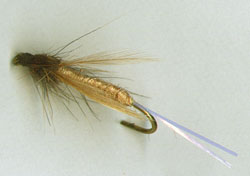 Stillwater Midge By Mike Croft, Tacoma, WA USA
|
|
|
Materials
|
|
Tying Instructions:
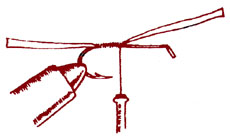
1. Tie in one strand of flashabou and run thread up the shank a little bit.
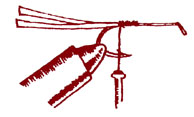 2. Try and get the flashabou to form a tent shape about 45 degrees from vertical on both sides.
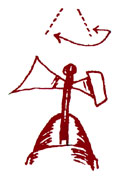 3. Twist the wool until it is very tight then wrap body. Rib if the natural requires it.
 4. Tie off wool and ribbing (if used). Trim off excess.
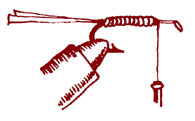 5. Attach short, light, hackle-tip wings and turkey, matching to natural. Use the turkey to separate the hackle tip wings.
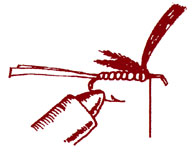 6. Dub the thorax to match the natural (usually gray or tan) and tie down turkey wing case. Leave long guard hairs for legs.
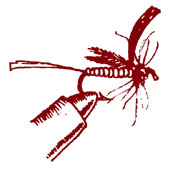 7. Whip the head and trim the 'shuck-tail' to match the length of the body.
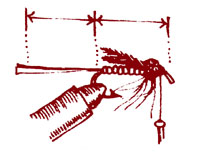 8. The finished fly as seen from above.
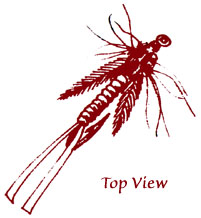 9. Walla!
Comments: |